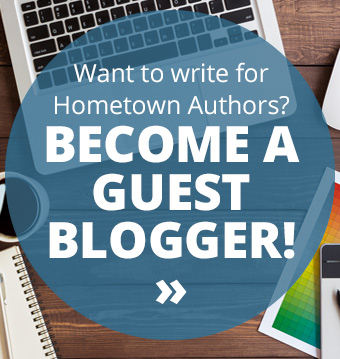Media Relations for Authors: Know Your Media
With today’s intense competition for acquiring visibility in the public arena, it’s vital to make your interaction with the media an integral element of your authoring strategies…
Consider the demographics of media outlets. Most are designed to appeal to a specific segment of the population. Knowing this can save considerable time, energy, and money when attempting to gain the attention of a media outlet’s readers, viewers, and/or listeners. In the twentieth century, media was generally referred to as newspapers, magazines, radio, television, and signage. Today, there are expanded versions of these media, as well as the Internet and social media which have exploded across the globe with constantly evolving permutations. Fortunately, there are many options for those of us who cannot afford to pay for research, graphic design, or advertising slots. Even an author with limited resources can find opportunities for communicating with the public that are cost-effective, if not actually free of charge.
One of the simplest means of getting free media coverage lies in earning their attention. After analyzing a media outlet’s format and demographics, you can shape text that will help meet their need to generate timely and noteworthy coverage of relevant persons and events. Keep in mind that short and concise presentations of the facts and even articles receive preferential treatment. If you capture their interest, a journalist can always request quotes and additional facts, but they will not want to edit material you send regarding a topic they may feel has little media value.
Develop friendships that will prove beneficial to your marketing programs. When you’re not facing a promotional deadline, you can explore aspects of developing long-term relationships with your media contacts. While this may seem simplistic, building bonds with the people who regularly communicate with the public continues to be a cost effective ways for writers and artists [as well as non-profit organizations] to stimulate awareness of their work.
Perform at least cursory research of the person[s] you desire to meet. Before attending an event, a little research can go along way in developing a connection. Whether they’re a columnist, commentator, or a department head within a media outlet, a brief Internet search should reveal details about where they attended school, organizations to which they belong, and personal interests you may share. To maximize the results of your effort, you may wish to utilize more than one search engine. You can also strengthen your avenues of potential connectivity by researching their professional output of articles, columns, books, videos, etc. If you meet someone in passing, you’ll want to make the most of the opportunity to get acquainted. This may mean simply using your elevator self-introduction and sharing a business card.
What is the current focus of their work? What are their clients expecting? Can you find a gap, current or recurring, in what they offer the public? In newspapers, this is called the news hole. If you’re lucky there will be a gap just waiting to be filled with your data. If that is the case, your media contact will be truly grateful for your input and will welcome hearing from you in the future.
Strategize meeting or expanding your relationship with the media person[s] you’re targeting. If you’ll be attending the same function, consider sending notes or emails expressing your desire to see them. Or, if you have just attended an event at which they spoke, you can send congratulatory messages commenting on your appreciation of their work.
The bottom line is that communicating directly with members of the media yields invaluable results:
- Personal connectivity with people who may be able to quickly act upon information you share with them
- Opportunities for networking with outstanding members of your virtual or real community
- Potential for entering into partnerships that can help you achieve your goals and objectives
By making the effort to demonstrate genuine interest in the concerns a media specialist has regarding topics appropriate to them and their need to meet deadlines, you can stimulate their interest in you. And that is a major step in attaining increased public visibility, as well as ensuring that you will participate more fully in the events you attend!
Wishing you the best in your writing endeavors,
Jeanne Burrows-Johnson, wordsmith and design consultant









What People Are Saying